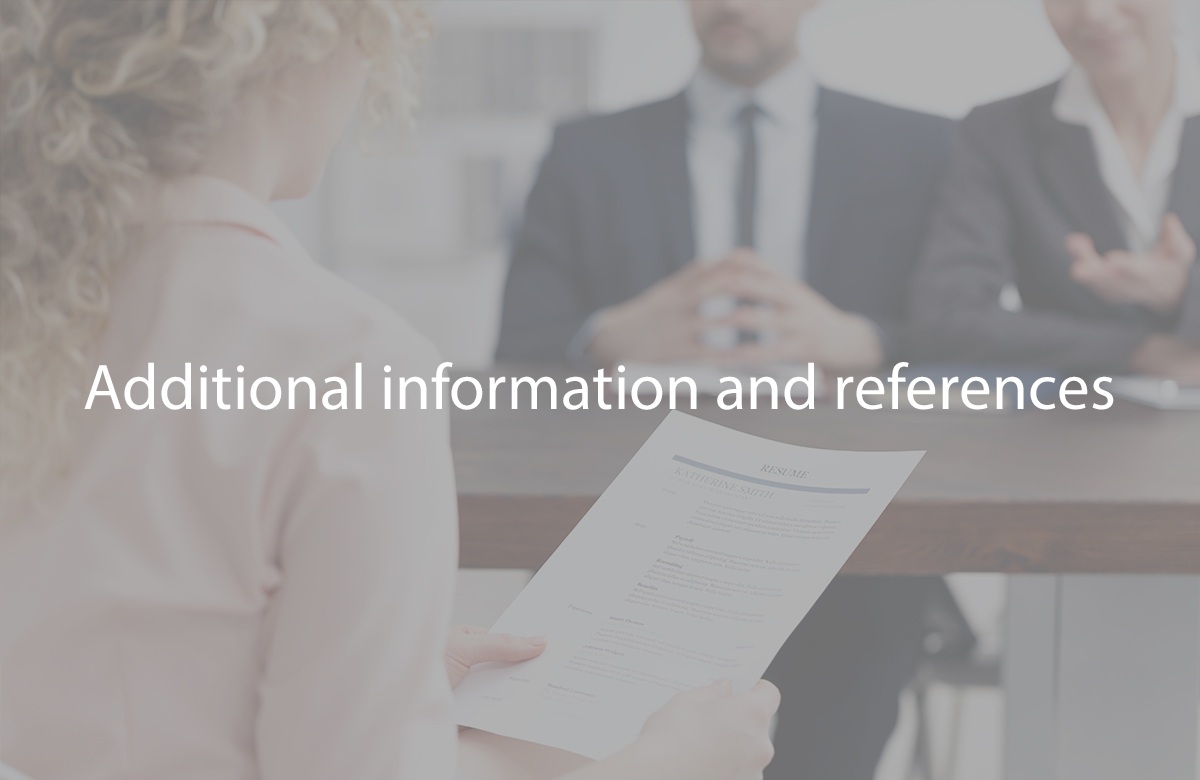
Additional Information And References
Additional Information And References :
Including additional information and references on your resume is a common practice. Here are some details about these aspects:
Additional Information:
- Contact Information: At the top of your resume, you should include your name, phone number, email address, and optionally, your LinkedIn profile. This information is vital for potential employers to reach you.
- Address (optional): It’s generally not necessary to include your full home address. Instead, you can list your city and state or simply omit this detail, as it’s not always relevant.
- Objective or Summary Statement: You may choose to include an objective or summary statement at the beginning of your resume. This is a brief section that outlines your career goals and what you can bring to the employer.
- Professional Summary: In addition to or instead of an objective statement, you can provide a more detailed professional summary that highlights your key achievements, skills, and experience.
- Customization: Customize your resume for each job application by highlighting the most relevant skills, experiences, and achievements for that specific role. This can be done under each section of your resume.
References:
- Reference Section: It’s common to include a “References” section at the end of your resume. In this section, you can list the names, titles, contact information, and a brief description of your references. Here’s an example format:
- “References Available Upon Request”: Instead of listing specific references, you can simply state, “References available upon request” at the end of your resume. This is a common and professional way to handle references.
- Professional References: Your references should be professional contacts who can vouch for your skills and work ethic. These could include former supervisors, colleagues, mentors, or clients. Avoid using family or friends as references.
- Notify Your References: Always inform your references in advance and seek their permission to use their contact information. This allows them to be prepared for potential reference checks.
- Reference Sheet: Create a separate document, commonly referred to as a reference sheet, that includes the same information you’d put in the “References” section of your resume. Have this sheet ready to provide to employers when they request your references.
- Reference Letters: If you have reference letters or recommendations from your references, you can provide them upon request. Typically, these are not included on your resume but shared during the interview process.
- Remember that it’s essential to maintain professionalism throughout your resume, including your contact information, references, and any additional information. Tailoring your resume for each job application and ensuring it’s free of errors is crucial for making a positive impression on potential employers. Always be prepared to provide references if requested, but you don’t need to include them directly on your resume.
